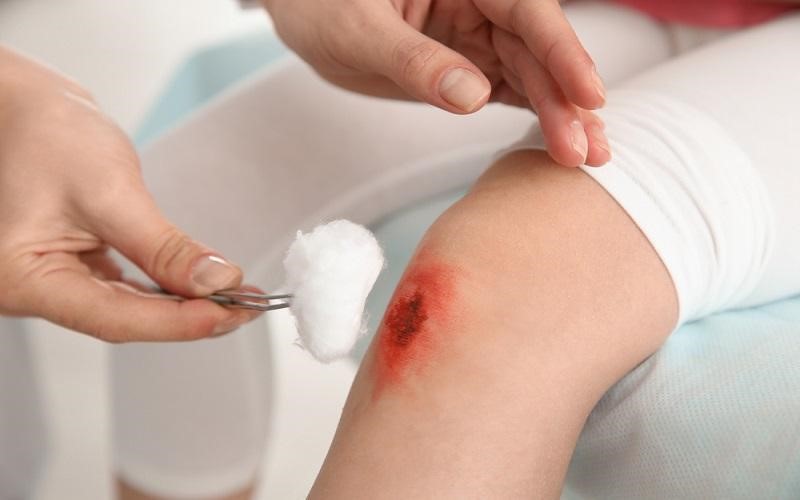In the realm of healthcare, wound and burn care are specialized fields that demand meticulous attention to detail. One crucial aspect of these practices that cannot be overlooked is infection control. Infection control plays a pivotal role in not only preventing complications but also in expediting the healing process. This article delves into the significance of infection control in wound and burn care and explores the strategies and techniques employed to mitigate infection risks.
I. Understanding the Risk of Infection
Wounds and burns, by their very nature, present an increased risk of infection. Several factors contribute to this risk:
- Loss of Skin Barrier: The skin serves as a natural barrier against harmful microorganisms. When it is compromised due to wounds or burns, it becomes easier for bacteria, viruses, and fungi to infiltrate the body.
- Tissue Damage: Injured tissues are more vulnerable to infection. Damaged cells and tissue provide a fertile ground for microorganisms to multiply.
- Foreign Bodies: In some cases, foreign objects may become lodged in wounds or burns, creating a foreign body that can serve as a focus for infection.
- Invasive Procedures: Surgical interventions and invasive procedures, which are often required in severe burn cases, can introduce pathogens into the body if not performed under sterile conditions.

II. The Consequences of Infection
Infection in wound and burn care can have severe consequences:
- Delayed Healing: Infections can significantly impede the body’s natural healing process, leading to delayed wound closure and prolonged recovery times.
- Cellulitis: A common complication, cellulitis occurs when bacteria infect the deeper layers of the skin and subcutaneous tissues, causing redness, swelling, and pain.
- Abscess Formation: Pockets of pus, known as abscesses, can form within the wound or burn, requiring drainage and further intervention.
- Sepsis: In severe cases, untreated infections can lead to sepsis, a life-threatening condition where the body’s response to infection becomes dysregulated, potentially resulting in organ failure and death.
III. Strategies for Infection Control
Effective infection control in wound and burn care involves a multi-faceted approach:
- Wound Assessment: Early and thorough assessment of wounds and burns is crucial. Identifying signs of infection, such as increased redness, swelling, warmth, and discharge, is vital for prompt intervention.
- Wound Cleansing: Proper cleansing of wounds and burns with sterile solutions helps remove debris and potential contaminants. Irrigation with saline is a common method.
- Debridement: Removing dead or infected tissue through surgical debridement or enzymatic agents promotes a healthier wound environment.
- Topical Antimicrobials: The application of antimicrobial ointments or dressings can help prevent infection or control existing infections.
- Systemic Antibiotics: In cases where infection has already taken hold, systemic antibiotics may be prescribed.
- Surgical Intervention: In some severe cases, surgical interventions may be necessary to control infection and promote healing.
- Patient Education: Educating patients and caregivers on proper wound care techniques, including hygiene and dressing changes, is essential to prevent infection at home.
- Adherence to Sterile Techniques: Ensuring that all procedures and dressing changes are performed using aseptic, sterile techniques is crucial in preventing iatrogenic infections.
IV. Conclusion
Infection control is an indispensable component of wound and burn care. Timely assessment, proper wound cleansing, the judicious use of antimicrobials, and patient education all contribute to reducing the risk of infection and optimizing the healing process. A comprehensive approach to infection control not only enhances patient outcomes but also minimizes the potential for complications, ensuring that patients on the path to recovery receive the best possible care.

